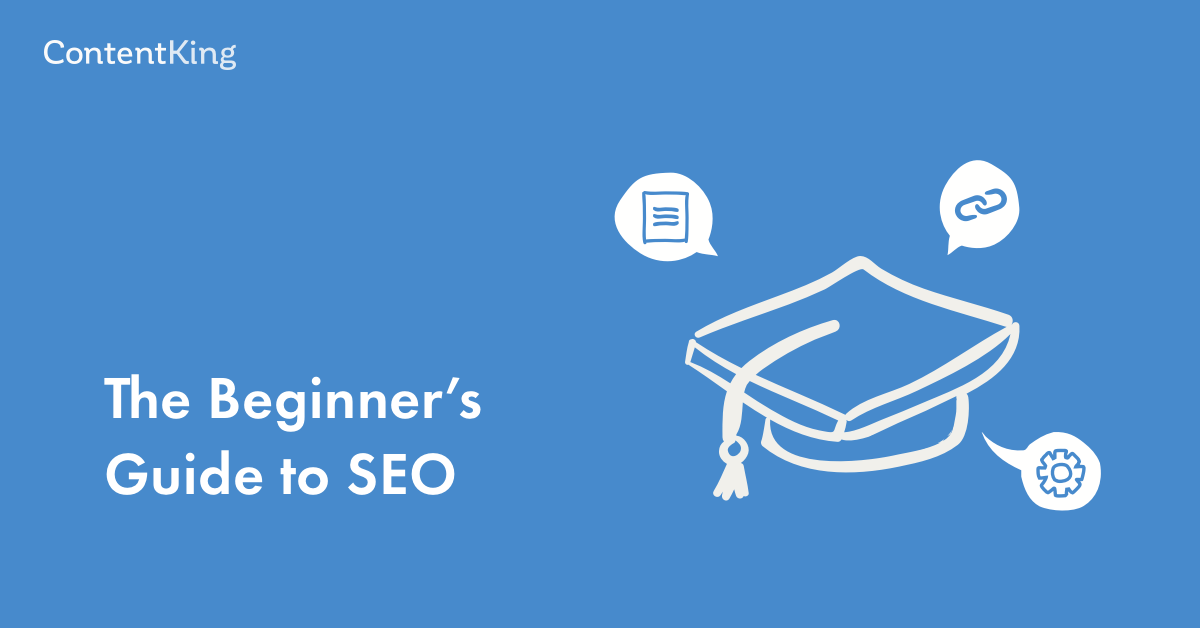5 Killer Quora Answers On Dylan Howell
The Single Strategy To Use For Seo For Beginners
 A step-by-step SEO Tutorial for ...
A step-by-step SEO Tutorial for ...
 Search Engine Optimization Basics
Search Engine Optimization Basics
https://www.youtube.com/embed/ZdiAHIkpwj0
However if your prospect is a CMO or marketing director, getting in front of them with a valuable resource on examining pay-per-click tools might be a great "very first touch" and an excellent way to begin a relationship with a prospective buyer. Just like any service opportunity, in SEO you desire to think about the potential costs and possibility of success.
First you require to comprehend who your prospective consumers are and what they're likely to look for. If you don't already understand who your potential customers are, thinking of that is a good place to start, for your organisation in general but likewise for SEO. From there you want to comprehend: What types of things are they thinking about? What problems do they have? What kind of language do they utilize to explain the important things that they do, the tools that they use, etc.? Who else are they buying things from (this indicates your rivals, however also could suggest digressive, associated tools for the e-mail marketing company, think other business marketing tools)? Once you've responded to these questions, you'll have an initial "seed list" of possible keywords and domains to help you get additional keyword ideas and to put some search volume and competitors metrics around.
You can also utilize competitive keyword tools like SEM Rush to see what terms your rivals are ranking for. These tools take a look at countless different search engine result, and will show you each search term they've seen your competitor ranking in Google for recently. Here's what SEM Rush reveals for marketing automation supplier Marketo: Again: this doesn't simply need to be something you look at for competitors.
Learning Seo for Beginners
In addition, if you have an existing site, you're most likely getting some traffic from online search engine currently. If that holds true, you can use some of your own keyword information to assist you understand which terms are driving traffic (and which you may be able to rank a bit much better for).
Google also makes a bit more of this information available in their totally free Webmaster Tools user interface (if you have not set up an account, this is an extremely valuable SEO tool both for unearthing search query data and for identifying various technical SEO issues more on Web designer Tools established here).
When you've made the effort to understand how your potential customers talk and what they browse for, have taken a look at the keywords driving traffic to your competitors and related websites, and have actually taken a look at the terms driving traffic to your own website, you need to work to understand and. Figuring out the relative competition of a keyword can be a relatively intricate task.
Some Known Details About Understanding Seo
There are also a range of different tools (the majority of them paid) that use keyword problem scores: And while it's more advanced in nature, Nick Eubanks' post about understanding rank potential offers a terrific extensive take a look at not just comprehending however creating an actionable formula for determining keyword competitors and your own site's real likelihood of ranking for a term.
 Simple seo https://marketingrambling898.hatenablog.com/entry/2020/08/05/024831 for beginners - Home
Simple seo https://marketingrambling898.hatenablog.com/entry/2020/08/05/024831 for beginners - Home
Each page on your website need to be targeting a core term, and a "basket" of associated terms. In his introduction of the completely enhanced page Rand Fishkin provides a great visual of what a well (or completely) optimized page looks like: Let's take a look at a few important, standard on-page aspects you'll want to comprehend as you believe about how to drive search engine traffic to your site: While Google is working to much better understand the actual significance of a page and de-emphasizing (and even penalizing) aggressive and manipulative use of keywords, including the term (and associated terms) that you wish to rank for in your pages is still important.
The title tag is your page's main headline. The heading you see on the page is typically an H1 (or potentially an H2) HTML aspect. The title tag is what you can see at the very top of your internet browser, and is populated by your page's source code in a meta tag: The length of a title tag that Google will reveal will vary (it's based upon pixels, not character counts) but in general 55-60 characters is an excellent general rule here.
Learn Seo Things To Know Before You Get This
Keep in mind though: the title tag will regularly be what a searcher sees in search results page for your page. It's the "headline" in natural search outcomes, so you likewise wish to take how clickable your title tag is into account. While the title tag is successfully your search listing's headline, the meta description (another meta HTML component that can be upgraded in your website's code, however isn't seen on your real page) is successfully your site's extra ad copy.
( Remember: appearing in search results page is just the initial step! You still need to get searchers to come to your site, and after that in fact take the action you want.) Here's an example of a genuine world meta description showing in search outcomes: The actual content of your page itself is, naturally, extremely crucial.
That said, Google has been significantly favoring certain kinds of content, and as you build out any of the pages on your site, there are a couple of things to remember: There is no magic number in regards to word count, and if you have a few pages of material on your website with a handful to a couple hundred words you won't be falling out of https://en.search.wordpress.com/?src=organic&q=photography Google's good enhances, however in general current Panda updates in particular favor longer, distinct content.
More About Understand Seo Fundamentals
Take a look at the totality of your site: are a big percentage of your pages thin, duplicated and low worth? If so, attempt to recognize a way to "thicken" those pages, or check your analytics to see just how much traffic they're getting, and merely exclude them (utilizing a noindex meta tag) from search engine result to keep from having it appear to Google that you're trying to flood their index with lots of low worth pages in an attempt to have them rank.
